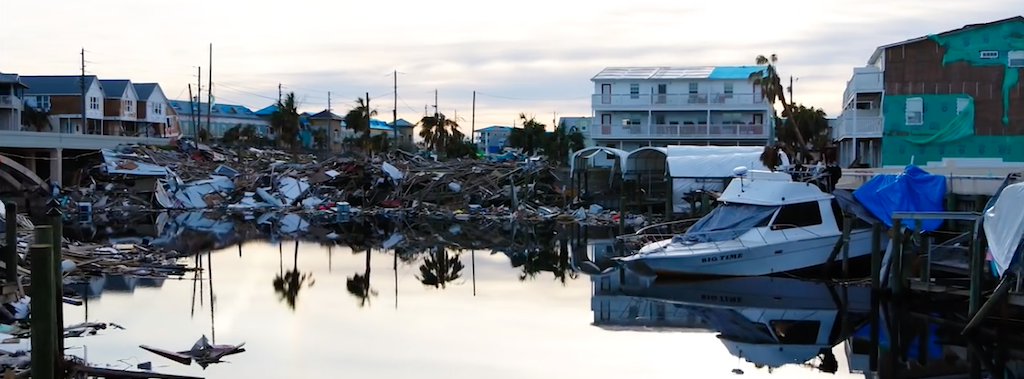Community resilience is the concept that we can design and build better to reduce susceptibility to disasters. The idea of building for resilience is in the DNA of Simpson Strong-Tie and is why we’re considered a leader in structural systems research, testing and innovation. That commitment to building for resilience is why we partner with other leaders in the field like the Dr. Lucy Jones Center for Science and Society.
The Center’s mission is to harness the power of science in the creation of more resilient communities by working with scientists, policymakers, and business and civic leaders. Dr. Jones recently wrote an article for our Structural Engineering blog about why mitigation is important for creating community resilience. Recent natural disasters no doubt have many of us thinking about how we can better prepare and harden communities to not only survive the disaster, but recover more quickly. Her article is an excellent primer on how mitigation saves lives, money and communities.
For example, Dr. Jones writes:
“We need homes and offices that we can return to after the disaster. The value of a building that isn’t damaged in a disaster is much more than the value of the building and the cost to repair it. An undamaged building means tenants who did not get injured and don’t have to pay medical bills. It means maintaining housing for the residents and not increasing the homelessness problem. It means businesses that can stay open and a local economy that stays active. It means neighbors who don’t have to leave their own (undamaged) building because of the risk that the building could collapse later. It means neighborhood property values not becoming depressed because of the blight of unrepaired buildings.”
If you’re interested in learning more about community resilience after reading the article from Dr. Jones we hope you’ll watch two videos we produced in 2019 related to this important subject.
The first video examines the impact of 2018’s Category 5 Hurricane Michael on Northwestern Florida. We sent a team of engineers to the region to speak with homeowners, contractors and engineers.
One expert we interviewed was Florida Retrofits’ Cody Thomas who said “after the hurricane here in Mexico Beach, we went out and did a damage assessment ourselves. There [were] 113 homes we had added Simpson Strong-Tie hurricane straps to and we had zero damage to the houses where we added the hurricane straps. But then you drive a block down the street, and you see houses with the roof completely gone.”
In the second video, we traveled to Florida and South Carolina to talk to leading industry experts. We spent time with the experts to better understand building beyond code minimum for resilience.
According to Anne Cope, chief engineer for the Insurance Institute for Business & Home Safety (IBHS): “Building codes are great because they protect the people. The people survive the event. We want the building to survive, too, and people can get on with their lives.”
That’s what striving for more resilient communities is all about — helping survivors re-establish their lives and businesses and thrive with a minimum of disruption or rebuilding. We think that’s a future worth building for.


